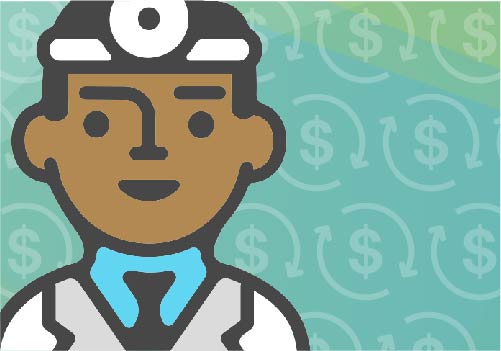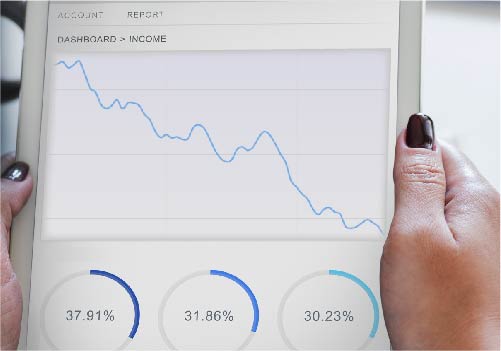Ingenious Med makes it a priority to help healthcare organizations quickly identify missing charges in a number of ways so they can get paid what they deserve. To that end, we have introduced six different ways to help you find and avoid missing bills.
hsheldon
With so much variation and so many people with the opportunity to touch each charge, it’s easy to see how some are missed. Making matters worse, many organizations lack the process to track missing bills altogether, which ensures they’re leaving money on the table and making themselves vulnerable to a CMS audit. Here are three ways to ensure you’re capturing as many charges as possible — and able to correct those charges that are missed.
As a healthcare provider you are confronted with the challenge of competing profitably in an industry where reimbursements are becoming more complex and margins are shrinking. Leading organizations are finding ways to ensure they are not leaving money on the table, which could be caused by missing charges, inadequate coding or clinical documentation, or the use of inefficient paper charge capture that slows the revenue cycle.
According to the 2016 Revenue Cycle Management Report, a survey of 2,000 independent physician practices and 200 hospital-based physician practices by Black Book Market Research, the profit margins of healthcare provider organizations continues to be negatively affected by traditional patient billing solutions.
To begin, many organizations are unprepared for value-driven care. The survey found that 9 in 10 practices are financially and technologically unprepared to provide value-based healthcare to their patients — which is a significant and increasing payment trend, especially among hospitals. What’s more, despite the added emphasis on compliance and risk management, many physicians characterized themselves as “not tech savvy,” adding that the investment in hardware, applications, and training is too expensive for many small practices.
There is nothing more elemental to healthcare than a physician’s treatment of a patient. As much as the industry continues to evolve, this essential interaction has never been more integral to the overall delivery of quality care. But while patient care will always be the number one goal for physicians, today’s declining reimbursements and tighter margins means the revenue cycle must be prioritized as well. If a practice’s financial health fails, it can’t keep its doors open to take care of the patients.
Now more than ever, data counts. “The revenue of many healthcare provider organizations is inexorably tied to charge capture. The stability of that revenue is key to providing services and quality,” said Dr. Liu. “The status quo is no longer an option.”
Unprecedented Margin Pressure For reasons ranging from shrinking Medicare rates to the continued shift of inpatient care to outpatient settings,…
CMS and commercial payers are all getting better at analyzing large volumes of claims data – that’s why it’s critical that healthcare organizations provide proper documentation to support their claims. Take action to reduce compliance risk and associated liability with collecting and submitting documentation.
The opioid epidemic is being called the worst public health crisis in America. And the numbers keep rising. I can remember a time in nursing school where we were taught to treat pain as the “fifth vital sign.” We were told not to question the patient’s perception of pain but to treat accordingly as many felt that patients were often under-medicated.








